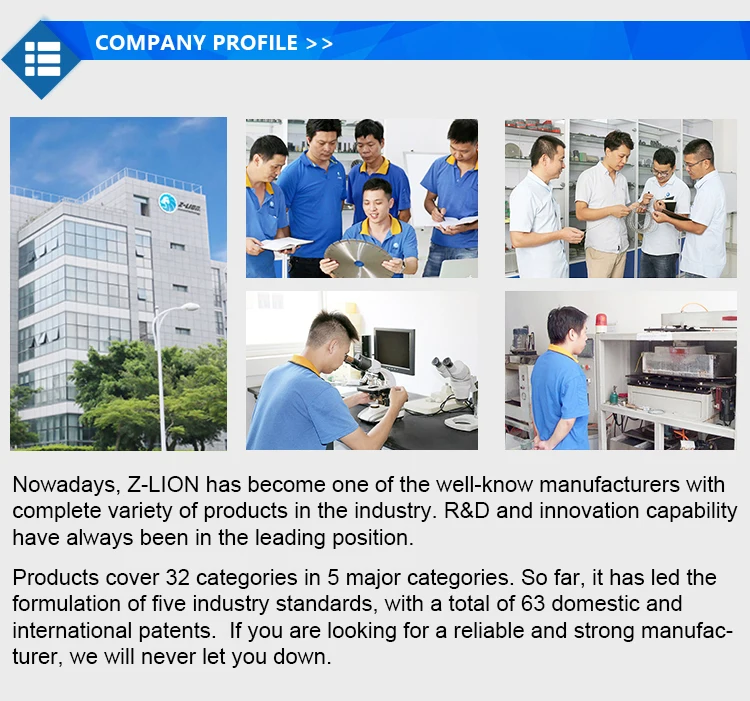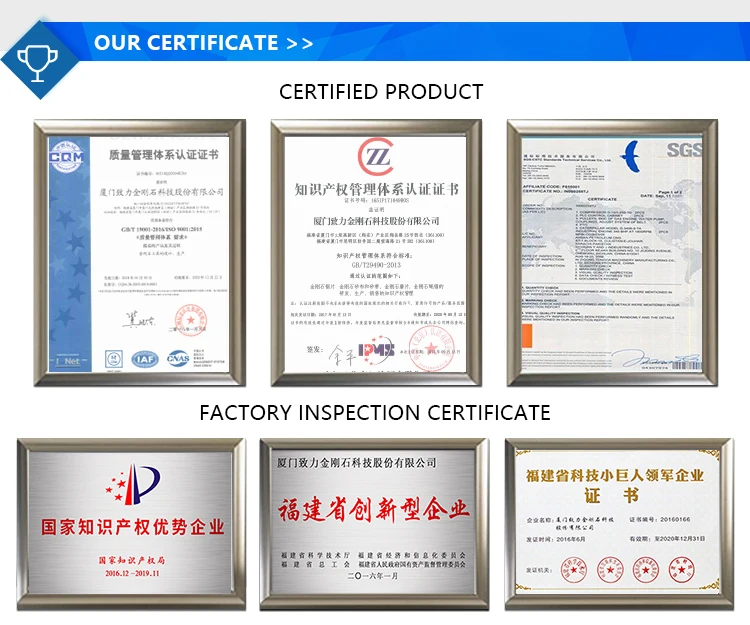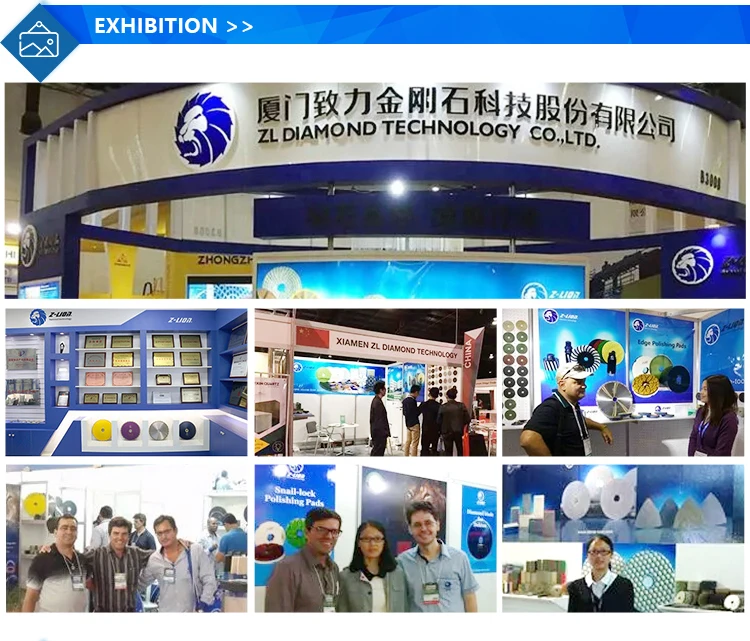The role of nano-diamond composites in removing environmental pollutants
Key words nanometer, diamond|2019-10-11 09:57:18|Source China Superhard Materials Net
Heart of beauty in everyone. In modern society, there are a lot of colorful clothes and colorful clothes, and these colorful clothes are inseparable from all kinds of dyes. Currently, dyes play a pivotal role in the textile, paper and leather manufacturing industries, producing approximately 1.6 million tons of dyes worldwide each year. However, in the process of using dyes, a large part of the dye will be lost as waste, causing major water pollution. Even some dyes are highly toxic, posing a serious threat to human health. Therefore, the development of efficient industrial wastewater in addition to dye technology is becoming more and more important.
Among many dye removal technologies, adsorption technology has become one of the most promising and effective technologies due to its simple operation, low cost and good designability. For adsorption technology, choosing the right adsorbent is the key to the effectiveness of the adsorption technology.

This article TOC
(Source: J Mol. Liq.)
Nanodiamonds (ND) is a new type of carbon nanomaterial with excellent properties such as small volume, large specific surface area and low cost. These properties make ND easy to modify with different reagents and provide enough active sites for the adsorption process, making it considered one of the most promising adsorbents in environmental treatment.
Based on this, Professor Zhang Xiaoyong from the School of Chemistry of Nanchang University and Professor Yan Yan from the Department of Chemistry of Tsinghua University chose ionic liquid (ILs) 3-n-hexadecyl-1-vinylimidazolium bromide ([C16VIm+][Br-]) Sex monomer, an ionic liquid-modified ND composite, ND@IL, was designed by Michael addition reaction and used for efficient adsorption of azo dyes. The schematic is shown in Figure 1.

Figure 1. Schematic diagram of the preparation of ND@IL composite
(Source: J Mol. Liq.)
The researchers first confirmed by NMR, FTIR and other characterization that (3-aminopropyl)triethoxysilane (APTES) and ionic liquid [C16VIm+][Br-] were grafted onto ND by two-step reaction. And prepared ND@IL composite material. As shown in Fig. 2, the weight loss ratio at different temperatures was subsequently analyzed by thermogravimetric analysis, which further confirmed the successful preparation of the composite.

Figure 2. Infrared and thermogravimetric analysis of ND, ND-NH2, ND@IL composites
(Source: J Mol. Liq.)
In addition to the above characterization, the researchers can observe changes in the material before and after grafting from morphologies and elemental changes by TEM, EDS spectroscopy and XPS tests, as shown in Figures 3 and 4.

Figure 3. TEM image before and after grafting and EDS spectra after grafting
(Source: J Mol. Liq.)

Figure 4. XPS spectra of materials before and after grafting
(Source: J Mol. Liq.)
The preparation of the material is intended to be applied to the actual dye adsorption system. In actual dye contamination control and treatment, adsorption equilibrium time is a key factor in predicting the feasibility and efficiency of the adsorbent. The researchers used Congo red (CR) as a representative of azo dyes to study the adsorption kinetics and adsorption capacity of ND@IL for CR. As shown in Fig. 5, the amount of CR adsorbed by ND@IL composites increased rapidly in the first 5 min, and reached an amount of 226.4 mg g-1 at 39 min. The adsorption capacity of the ND material without IL modification reached only 61.1 mg g-1 at 49 min, which was attributed to the small adsorption sites on the surface of the unmodified ND material.

Figure 5. Adsorption kinetics and adsorption capacity curves of ND@IL for CR
(Source: J Mol. Liq.)
Subsequently, the researchers also conducted in-depth research on the adsorption isotherm curve, the optimal adsorption temperature and the recycling performance of the adsorbent. The space is limited, and interested readers can click to read the original text.
In summary, this paper reports a novel adsorption composite based on ionic liquid and nanodiamond modified by Michael addition reaction - ND@IL. Due to the introduction of hydrophobic alkyl chains and ionic blocks, ND@IL composites can be used as high-efficiency adsorbents for the removal of the azo dye Congo red in colored solutions. This work will provide a new approach to environmental adsorption applications for ND-based composites.
Original link:
https://linkinghub.elsevier.com/retrieve/pii/S0167732219351086
Original author:
Guang Yang, Hongye Huang, Junyu Chen, Defu Gan, Fengjie Deng, Qiang Huang, Yuanqing Wen, Meiying Liu, Xiaoyong Zhang and Yen Wei
DOI: 10.1016/j.molliq.2019.111874


-All diamond tools can be ordered and fabricated!
- Henry Wang | Quote Manager
Henry Wang | Quote Manager
-WhatsApp:+86-13459035657
-Email: ceo@zdiamondtools.com
-Web www.zdiamondtools.com
Company Profile

Certifications

Company Team

Exhibition

Logistics

FAQ
















